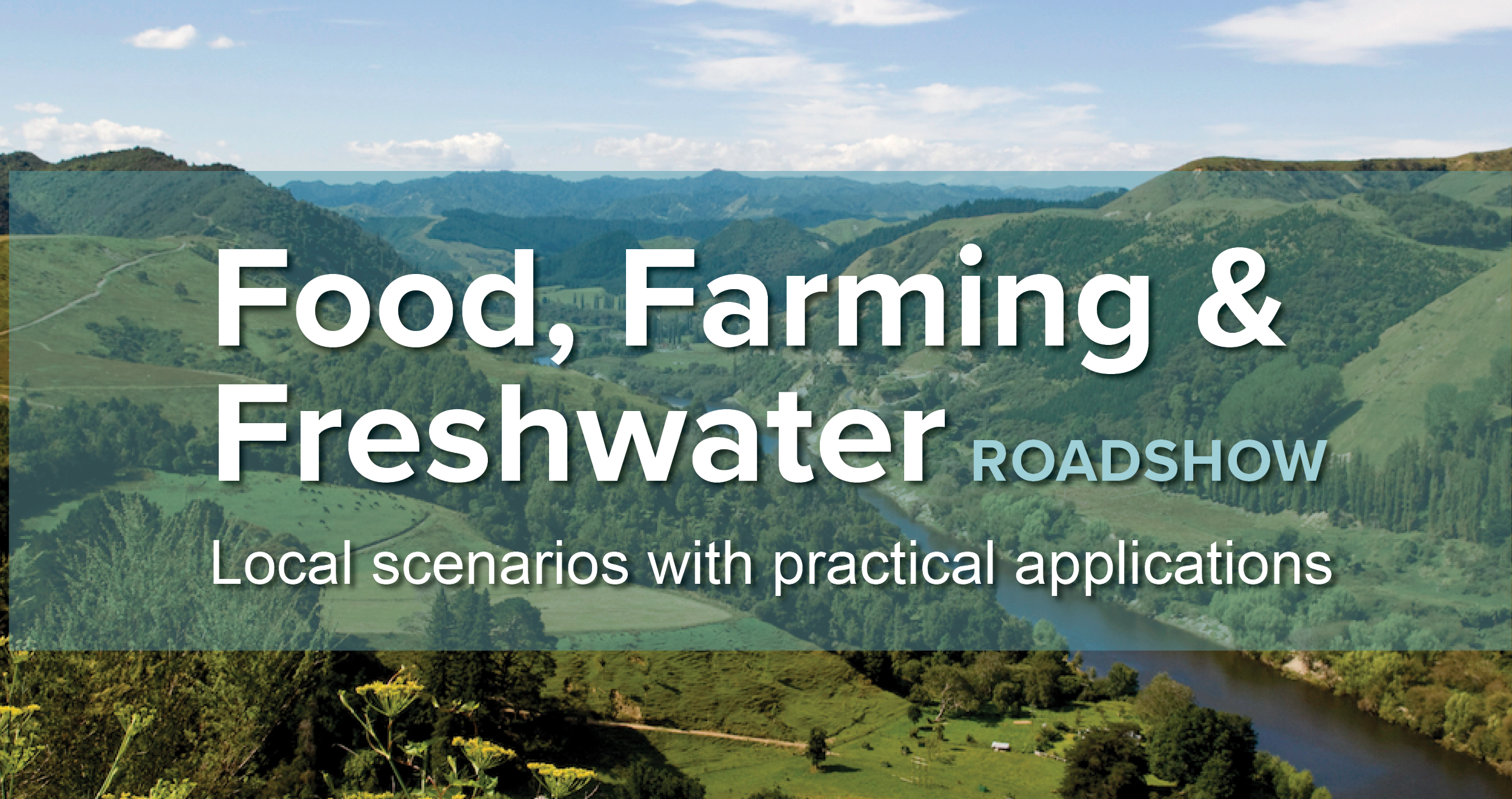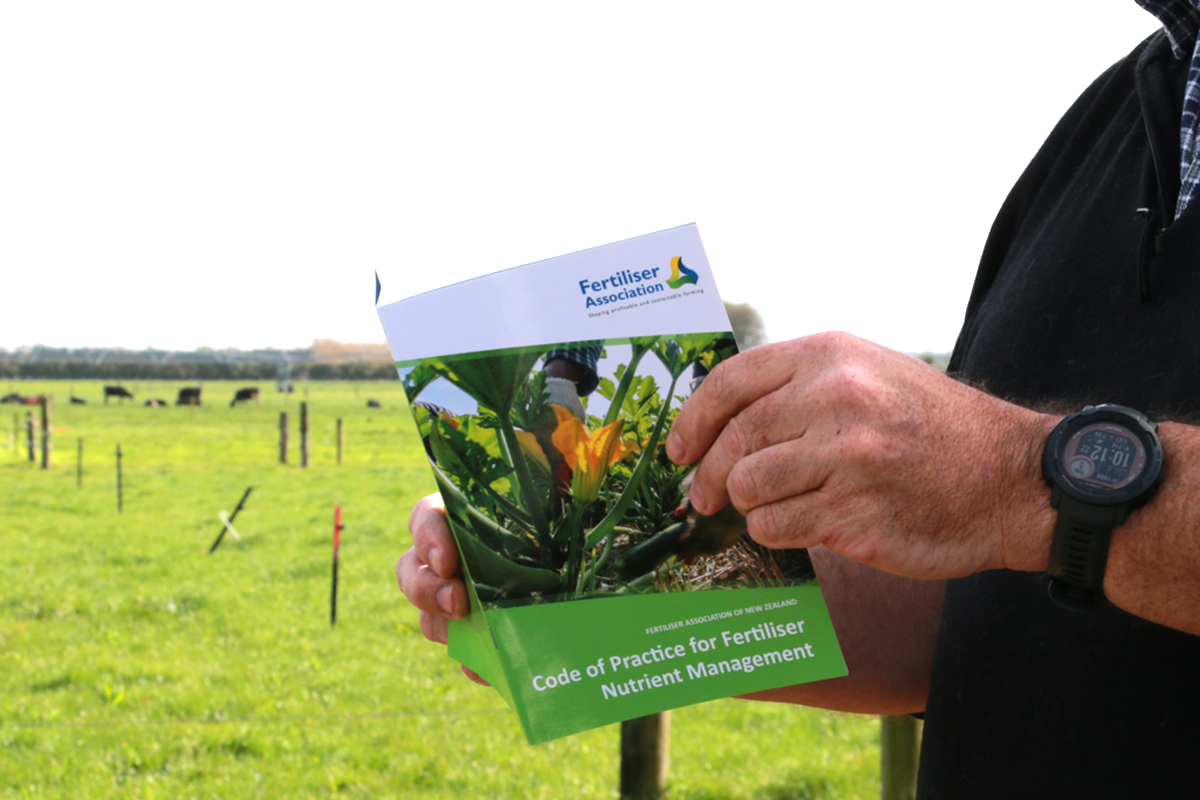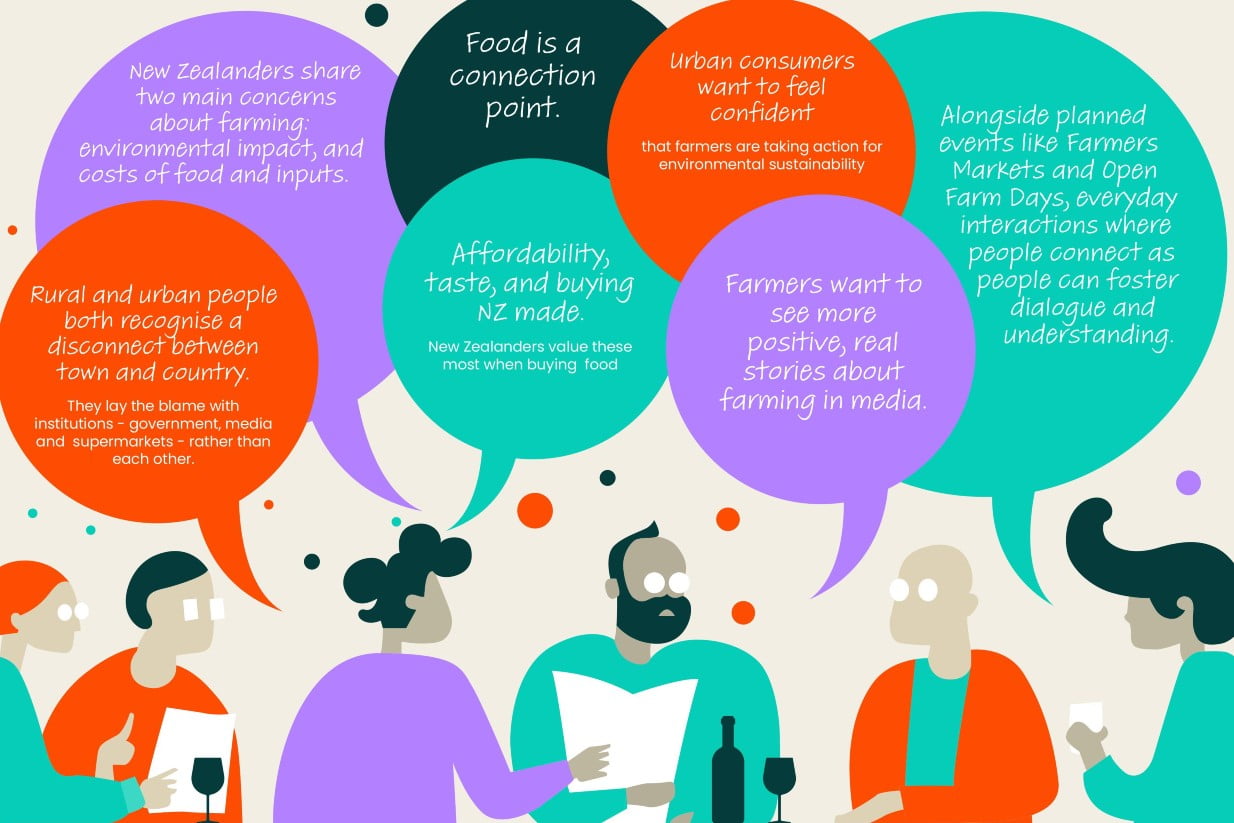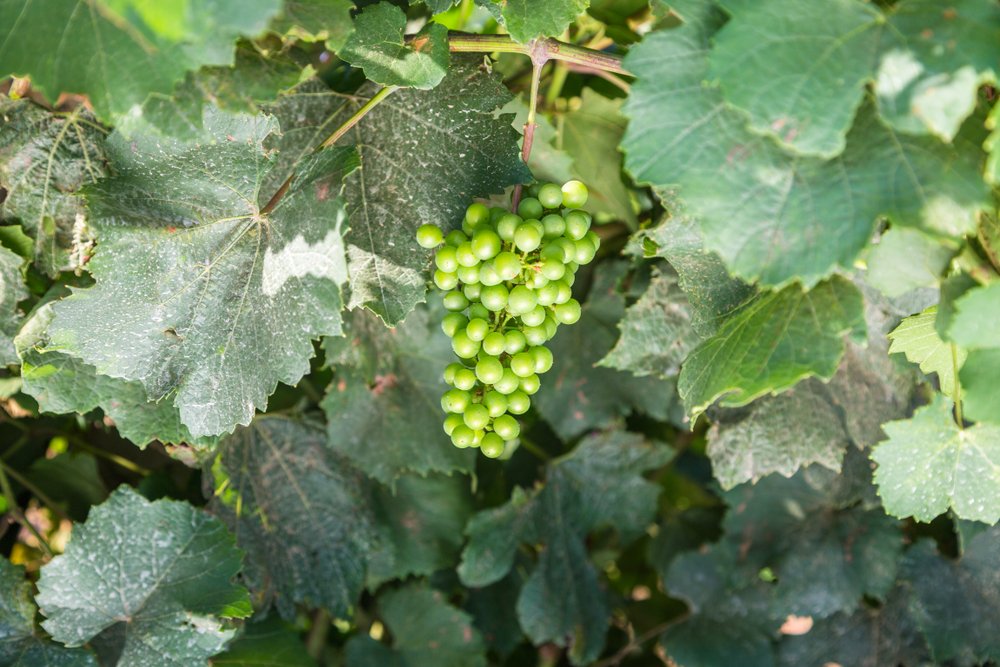Silvopastoral Systems
Maximizing the benefits of integrating trees with livestock production for multifunctional rural landscapes in Aotearoa
Project Details Ngā taipitopito
Collaborators Ngā haumi
Federated Farmers | Greater Wellington Regional Council | Manaaki Whenua Landcare Research | Massey University | Wairarapa Pūkaha to Kawakawa Alliance
What are we doing?E aha ana mātou?
Silvopastoralism is the practice of integrating trees in a livestock production system.
Soil conservation has been the main driver of silvopastoralism in New Zealand’s hill country, but other benefits may include cultural impacts, animal welfare, biodiversity conservation, carbon sequestration, hydrological impacts, soil nutrient effects, and climate resilience. An additional benefit may be the potential increased pasture production under tree canopies, which has been found around the globe, including in a recent New Zealand study on kānuka tree-pasture interactions.
This project will identify knowledge gaps and research needs related to biophysical mechanisms that influence silvopastoral outcomes. It will consider ways in which silvopastoral systems can impact environmental, economic, and cultural land management outcomes in Aotearoa, and identify barriers to adoption.
How can the research be used? Ka pēhea e whai take ai te rangahau?
- This project will review the benefits that silvopastoral trees may provide to pastoral systems.
- Biophysical mechanisms that influence the outcomes of silvopastoral land management systems will be identified and linkages illustrated in a biophysical process diagram.
- Two workshops with focus groups will be held with stakeholders to discuss the potential of different forms of silvopastoral systems in Aotearoa and barriers to adoption. This process will inform what the wider impact of silvopastoralism may be to Aotearoa.
- Recommendations will be made regarding future research needs, as well as pinpointing where the opportunities and challenges lie for silvopastoralism to add both environmental and economic value to pastoral farms.
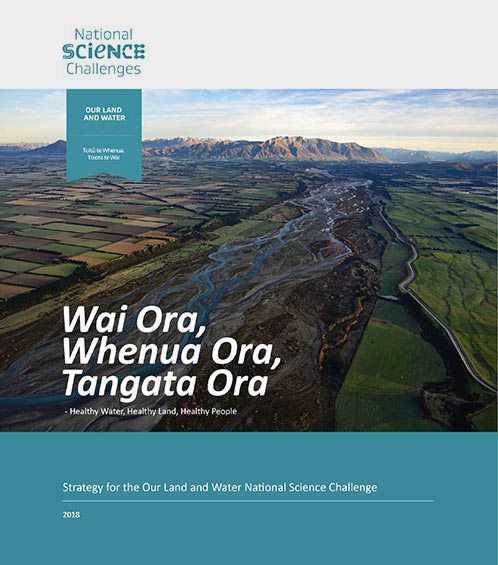 View Our Strategy Document 2019 – 2024
View Our Strategy Document 2019 – 2024
